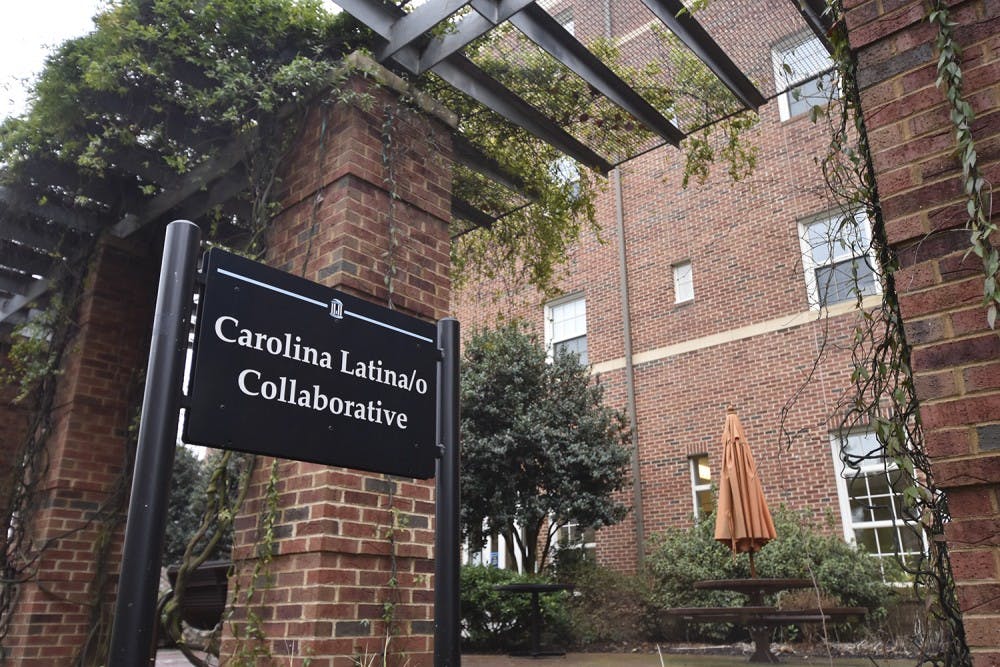The Undergraduate Senate unanimously passed a resolution, stating their support for a new Latinx center on campus during their session on Jan. 16. The resolution will now be sent to Chancellor Carol Folt, the university’s chief diversity officer and the chair of the board of trustees, among others.
The Carolina Latinx Collaborative, along with Carolina Hispanic Association, have been housed in the seminar wing of Craige North since 2010, but for many years, Latinx students at UNC have been pushing for a more accommodating space.
Resolution USR-99-228 outlines three requirements for a new Latinx center on campus. It states that the new center must be: large enough to accommodate the needs of the 8 percent of the student body that identify as Latino or Latina, localized in an area that is convenient and accessible for the entire student body and autonomous over the space of which it presides.
The author of the resolution, sophomore senator Christian Correa, said he thinks that these three requests are not too much to ask.
“I think these are pretty simplistic requests, and things that we shouldn’t even be having to ask for, that the University should be taking the initiative in proposing and initiating,” Correa said.
Correa said he was inspired by the 2016 #EstamosAquiUNC movement and wanted to make sure that the issue of an autonomous Latinx center stays relevant.
“I think it gives it much more credibility and a larger platform if it comes from an internal body of the student government, as we are charged with representing the student body,” he said. “The bills we pass are assumed to be the opinion of the student body, so I think that really helps give it a platform and have it right on Chancellor Folt’s desk for her to look at it.”
María DeGuzmán, English professor and director of the Latina/o Studies program, said it is important for UNC to have a center that can help attract Latinx students to the University.
“If the flagship school (of the UNC system) doesn’t move to create a center, what happens if another school does?” she said. “If another school creates such a center, I would assume that a lot of Latina/o students might that decide, 'Oh well that school is more welcoming.'”




